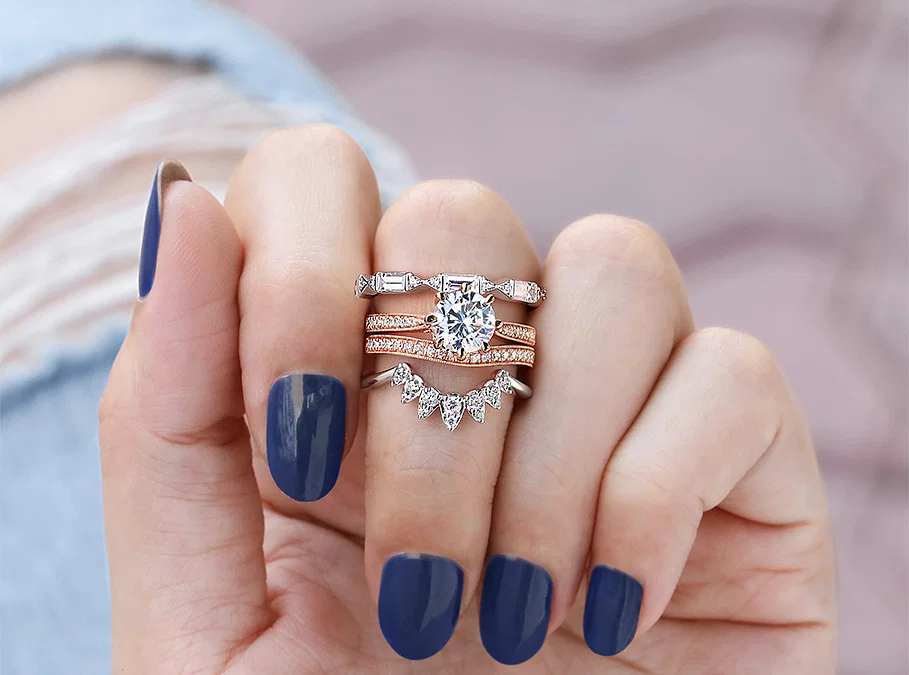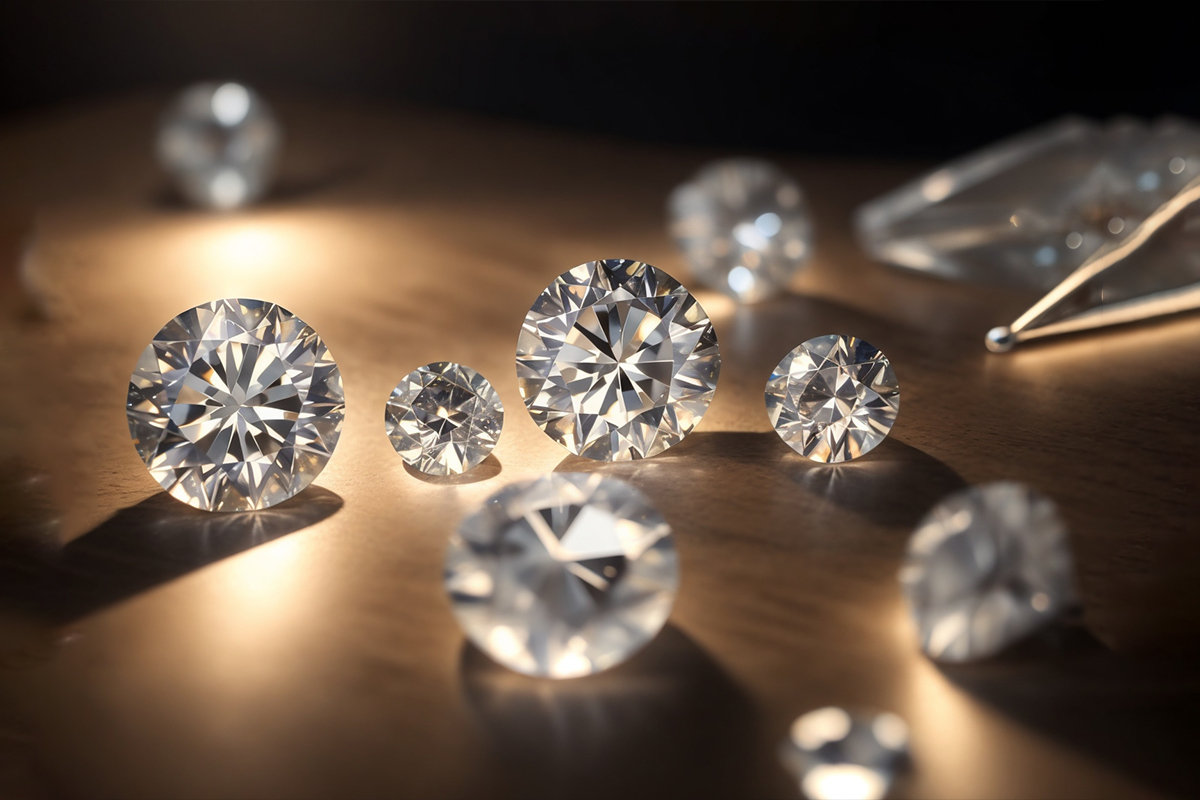
Anything with “green” in the name is guaranteed to be healthy, right? Well, this remains to be seen in the case of green eggs and ham. As for leafy greens, however, it’s safe to say they are one of the most widely recognized health foods. Greens are trendy among health-conscious individuals, dieters and athletes due to their density of nutrients like vitamin A, vitamin K, antioxidants, lutein, fiber and iron, to name a few. While there are dozens of types of lettuce and leafy greens, you really can’t go wrong with any of them. Each varietal has a unique combination of nutrients, flavors and uses.
Table of Contents
Types of Lettuce
There is only one genus and species for lettuce, Lactuca sativa, yet it includes several groups of cultivated varieties, or “cultivars.” The following list dives deeper into seven of the most common cultivars of lettuce.
Romaine
Romaine lettuce is also sometimes referred to as cos, named after the Greek Isle of Kos, where it was grown in ancient times. Its long leaves consist of a crisp, milky stem in the center that fades into darker green floppy edges with high nutritional value. Romaine is an excellent choice if you need a boost in folate, magnesium, fiber, and vitamin A, K and C. Due to its significant levels of heat resistance and crisp sweetness, romaine pairs well with hot proteins in a caesar salad or sandwich. In addition, the hearts of romaine are a favorite on the grill.
Butterhead
Shakespeare once wrote, “A lettuce by any other name would taste as sweet” …or something like that. Butterhead lettuce goes by a couple of other names, usually Boston, Bibb or round lettuce. No matter what you call it, butterhead takes on a sweeter and more delicate flavor than other lettuce. Plus, it’s high in vitamins A and C, calcium and iron. Considered the healthiest of all lettuces, butterhead surpasses the others in potassium, folate and iron, too. The tender, light green leaves grow in a spherical formation and have a delightful buttery texture. A popular varietal in Europe, the cuplike leaves are perfect for handheld snacking or as a healthy wrap alternative.
Crisphead
Crisphead, or Iceberg, is another lettuce beloved in North America for its remarkably crisp and heat-resistant whitish leaves. While it adds a nice crunch to salads and sandwiches, it is generally considered lacking in nutrients compared to its cousins. Though it has trace amounts of vitamin C, calcium and magnesium, it actually holds its own in manganese, vitamin A and K. Plus, crisphead is loaded with water, making it a superb choice for those struggling to stay hydrated.
Celtuce
Most widely grown and used in Asia, celtuce is a long, thick stalk that bursts into leaves at the top. The bitter leaves can be stewed or creamed, but usually, only the asparagus-flavored stalk is used, especially in Chinese and Taiwanese cuisine. Though it offers similar amounts of iron, magnesium and calcium as other kinds of lettuce, the dense stem excels in fiber, folate, vitamin C, potassium, beta carotene and vitamin A.
Looseleaf
A shock of curly, light green or purplish frills converging at a single linear stem, looseleaf is not just one of the prettiest lettuces but also one of the most diverse. It offers fair amounts of calcium and significantly higher percentages of vitamin A, vitamin C, folate and potassium. The delicate, mild flavor of red and green looseleaf and the nutty kick of the oak variety make it a top candidate for salads and spring mixes.
Summercrisp
Summercrisp, French crisp and Batavian are all the same lettuce. Best known for its refreshing flavor, summercrisp pairs well with fruits and nuts in a summery salad. Its heart is crunchy, sweet and juicy, much like crisphead, while its wavy green or reddish outer leaves have a delicate and sometimes nutty flavor like looseleaf. Its nutrient profile is balanced, scoring well in fiber, vitamin A and K.
Oilseed
Oilseed is a lesser-known cultivar of lettuce because its leaves typically aren’t eaten. It also bolts very quickly, making it less than ideal as a cash crop. So what use does it have? As the name suggests, oilseed lettuce is harvested for its oversized seeds, which are up to fifty percent larger than the average lettuce. These seeds are processed to produce oil, which is most often used in cooking. Rich in antioxidants and vitamin A, lettuce oil has also been traditionally used in Egypt as a cosmetic product for healthier skin and hair.
Common Misconceptions
One of the most frequent misconceptions about lettuce is that it is only suitable for salads. The truth is, lettuce is used in many ways other than salad, some of which may have even surprised you. However, it depends on the individual characteristics and flavor profiles of each type.
Another misconception is that all leafy greens are lettuce. All leafy greens can’t be lettuce, considering there are hundreds of types of leafy greens, and that’s only counting the ones we currently know. Leafy greens like mesclun, arugula, spinach, mustard greens, and chard are entirely different species from lettuce. That said, all lettuce is a type of leafy green.
Lastly, many people think that all leafy greens have the exact same nutritional profile when, in fact, it varies considerably from one plant to the next and even from one lettuce to the next. A good rule of thumb to keep in mind is that the darker green it is, the more nutritional value it offers. On the other hand, that doesn’t mean eating lighter greens is worse for you. On the contrary, the fact that you’re eating greens at all earns you a high-five!
With these seven types of lettuce to mix and match, you’ll never end up bored of healthy salads. While some kinds may offer more nutrients than others, you can’t grow wrong with any single one. Slap a few leaves on your sandwich for an added crunch and vitamin boost, or try your hand at a foreign style of cooking to replenish your mineral stores. After all, self-care isn’t about dieting or forcing yourself to eat only bitter leaves. It’s about reaping the nutritional benefits of healthful foods while taking pleasure in their artful flavor combinations. Your culinary endeavors just got seven times more interesting with these diverse types of lettuce!


















Dubai Massage Spa +971526080397
At Dubai Spa, we invest heavily in offering our important client base a really unwinding and renewing experienced joined with an all encompassing methodology through our wide scope of remedial spa and back rub medicines. From a standard Swedish back rub and Couple’s back rub to a more remarkable treatment, for example, the Bamboo rub, alongside restoring facials and excellence treatments for all kinds of people, we cover everything at profoundly serious costs.
https://dubaicallgirls69.com/dubai-massage-spa
Dubai Massage Spa